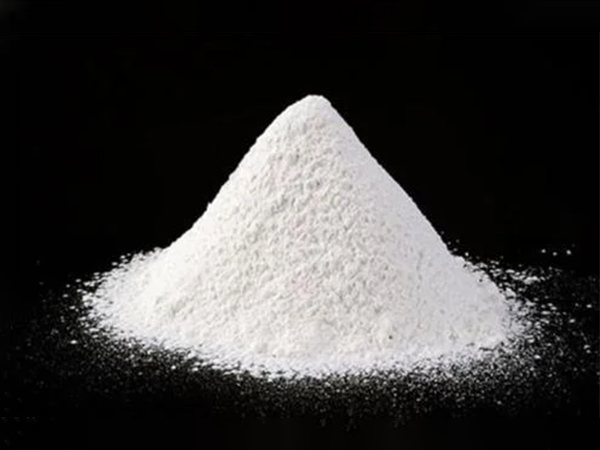Titanium dioxide, commonly known as Tio2, is a versatile white pigment used in various industries. Titanium dioxide rutile powder is a form of titanium dioxide that is particularly valuable for its high refractive index and excellent light scattering properties. Understanding the production process of rutile titanium dioxide powder is critical for manufacturers and consumers to understand its quality and applications.
The production of rutile titanium dioxide powder involves several key steps, starting with the extraction of titanium ore, such as ilmenite or rutile. These ores are then processed to obtain pure titanium dioxide, which is further refined to produce the required rutile form. The following is an overview of the production process of titanium dioxide rutile powder:
1. Ore extraction and purification: The first step in the production of rutile titanium powder is to extract titanium ore from the mineral deposits. Ilmenite and rutile are the most common sources of titanium dioxide. After the ore is obtained, it must go through a series of purification processes to remove impurities and obtain high-purity titanium dioxide concentrate.
2. Chlorination and oxidation: The purified titanium dioxide concentrate then undergoes a chlorination process, reacting with chlorine to form titanium tetrachloride (TiCl4). The compound is then oxidized to produce a mixture of titanium dioxide and other by-products.
3. Hydrolysis and calcination: The resulting mixture is hydrolyzed to precipitate titanium dioxide in its hydrated form. This precipitate is then calcined at high temperatures to remove the water and transform it into the desired rutile crystal structure. The calcination process is critical in determining the properties and quality of the final rutile titanium dioxide powder.
4. Surface treatment: In order to improve the dispersion and compatibility of rutile titanium dioxide in various applications, surface treatment can be carried out. This involves coating the surface of particles with inorganic or organic compounds to enhance their performance and stability in different formulations.
5. Quality Control and Packaging: Throughout the entire production process, quality control measures are implemented to ensure the purity, particle size distribution and other key characteristics of the rutile titanium dioxide powder. Once the powder meets the required standards, it is packaged and ready for distribution to end users.
The production of rutile titanium dioxide requires careful control of various parameters, including raw material selection, process conditions and post-processing methods. Manufacturers work to optimize these factors to obtain the desired particle size, crystal structure and surface properties to meet the specific requirements of different applications.
Rutile titanium dioxide powder is widely used in paints, coatings, plastics and other products and is valued for its high opacity, brightness and UV protection properties. By understanding the production process of rutile titanium dioxide powder, manufacturers can tailor its properties to meet the performance needs of the final product, while consumers can appreciate the quality and functionality of this important white pigment.
In summary, the production of rutile titanium dioxide powder involves a complex series of steps from ore extraction to surface treatment to produce high-quality titanium dioxide pigments with excellent light scattering properties. This understanding is critical for producers and users to realize the full potential of titanium dioxide rutile powders in different applications.
Post time: Jun-14-2024


